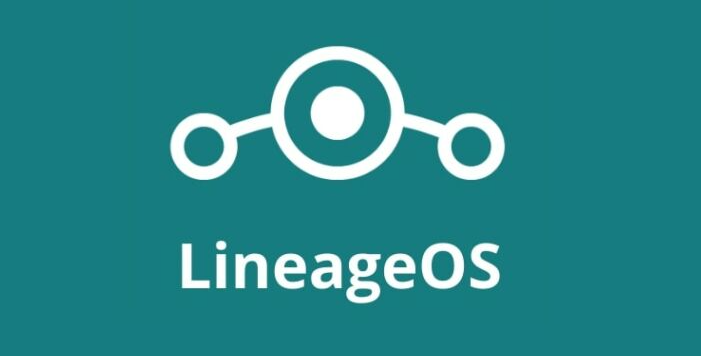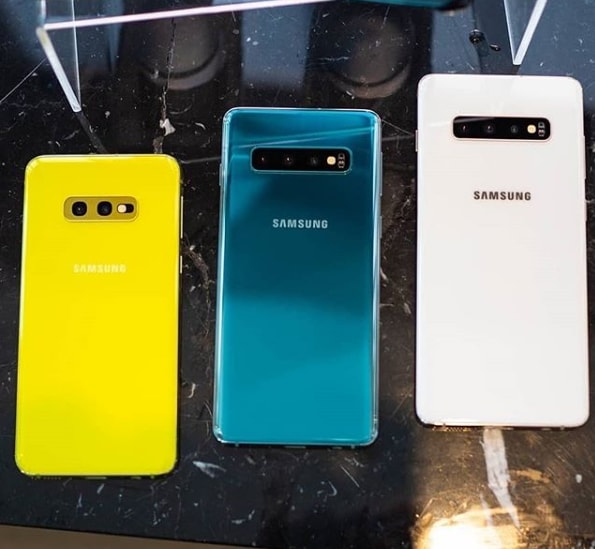Are you a proud owner of a Google Pixel 6 or 7 device and looking to unleash it’s full potential? Look no further! Welcome to our comprehensive, step-by-step guide on how to install LineageOS Custom ROM on your Google Pixel 6 and 7 series smartphones. With this in-depth tutorial, you’ll be able to optimize your device’s performance, enhance security, and enjoy a plethora of customization options that go beyond what stock Android offers.
Our detailed walkthrough will cover everything you need to know about LineageOS, the open-source Android operating system that offers a perfect balance between the latest features and an uncluttered, bloatware-free user experience. Whether you’re a tech-savvy enthusiast or a newcomer to the world of custom ROMs, this guide is designed to help you successfully install LineageOS on your Pixel 6 or 7 devices with ease.
So, get ready to revamp your Google Pixel 6 or 7 experience with LineageOS, and stay tuned as we dive deep into the world of custom ROMs and open-source Android goodness!
Prerequisites
Before proceeding with the installation of LineageOS on your Google Pixel 6 or 7 devices, it is crucial to ensure that you have all the necessary tools and files at your disposal. Here’s a comprehensive list of requirements to get started:
- Your Google Pixel device should have Android 13 installed since LineageOS 20 is based on this version.
- Google Pixel 6 or 7 devices with an unlocked bootloader: In order to install a custom ROM like LineageOS on your device, you must first have an unlocked bootloader.
- ADB(Android Debug Bridge) and Fastboot tools: ADB and Fastboot tools are essential for executing commands and flashing a custom recovery and ROM files. You will need a computer with ADB and Fastboot tools installed.
- Download the necessary files: LineageOS ROM, Android 13 ARM64 Google Apps package and the Recovery IMG file(vendor_boot.img) specific to your device model.
- LOS Firmware – https://download.lineageos.org/ Pixel 6 Recovery File – https://mirror.math.princeton.edu/pub… Pixel 6 Pro Recovery File – https://mirror.math.princeton.edu/pub… Pixel 7 Recovery File – https://mirror.math.princeton.edu/pub… Pixel 7 Pro Recovery File – https://mirror.math.princeton.edu/pub… MindtheGapps – https://androidfilehost.com/?w=files&…
- Save these files in the same folder as your ADB and Fastboot tools.
Step-by-Step Installation Guide
Step 1: Prepare Your Device
Begin by backing up all important data on your device, as the installation process will wipe your phone clean. Next, make sure your device is charged to at least 70% to prevent it from shutting down during the process.
Step 2: Boot into Fastboot Mode
Turn off your device and boot it into Fastboot Mode. To do this, press and hold the Volume Down and Power buttons simultaneously until you see the Fastboot screen. Connect your device to your computer using a USB cable.
Step 3: Open the Command Prompt, Windows PowerShell, or Terminal Window
On your computer, navigate to the folder where you saved the required files along with the ADB and Fastboot tools. Open a command prompt, Windows PowerShell, or terminal window in this folder.
Step 4: Flash the Recovery IMG File
In the command prompt or terminal, enter the following command to ensure that your device is properly connected: fastboot devices
Your device’s serial number should appear. If not, double-check your USB connection and drivers.
To flash the custom recovery image, enter the following command, replacing “recovery_image_name.img” with the actual file name of the custom recovery image: fastboot flash recovery recovery_image_name.img
Press Enter on your keyboard. You should see two “OKAY” messages, indicating a successful flash.
Step 5: Boot into Recovery Mode
With the recovery image flashed, boot your device into Recovery Mode. To do this, use the Volume buttons to navigate to the “Recovery Mode” option on the Fastboot screen and press the Power button to confirm.
Step 6: Factory Reset and Format Data Partition
Once in Recovery Mode, perform a factory reset and format the data partition. It is necessary to ensure a clean installation of LineageOS 20 on your device.
Step 7: Install LineageOS 20 Custom ROM
Now, it’s time to install the LineageOS 20 custom ROM. In Recovery Mode, select the “Apply Update” option, followed by “Apply update from ADB.” It will put your device into ADB Sideload Mode.
On your computer, type the following command in the command prompt, Windows PowerShell, or terminal window: adb sideload [filename]
Replace “[filename]” with the actual name of the LineageOS ROM file. Press the TAB button to autocomplete the filename. Press Enter on your keyboard and wait for the firmware to be sent to your device. It’s normal for the process to stop at 47% with a success message or show a “failed to read command” error, according to the LineageOS installation wiki.
Step 8: (Optional) Install Google Apps Package
If you want to use Google Apps, including the Google Play Store, you’ll need to install the Android 13 ARM64 Google Apps package. To do this, first, reboot your device back into Recovery Mode from the current Recovery Mode screen.
In Recovery Mode, select “Apply Update” once again, followed by “Apply update from ADB.” Your device will enter ADB Sideload Mode.
On your computer, type the following command: adb sideload [gapps-filename]
Replace “[gapps-filename]” with the actual name of the Google Apps package file. Press the TAB button to autocomplete the filename. Press Enter on your keyboard and wait for the package to be sent to your device.
Step 9: Reboot Your Device
Once the LineageOS 20 custom ROM and(optionally) the Google Apps package have been successfully installed, reboot your device. In Recovery Mode, select the “Reboot system now” option. Your device will now boot into LineageOS 20.
Step 10: Set Up and Enjoy LineageOS 20
After your device reboots, follow the on-screen instructions to set up your Google Pixel with LineageOS 20. Explore the new features, customizations and enhancements that LineageOS 20 has to offer.
Conclusion
Congratulations! You have successfully installed LineageOS 20 on your Google Pixel 6, Pixel 6 Pro, Pixel 7, or Pixel 7 Pro. By following this guide, you have unlocked a world of customization, improved privacy and unique features that LineageOS brings to your device. Remember that installing custom ROMs voids your device’s warranty, so proceed with caution and always keep a backup of your important data.
We hope this guide has been helpful in guiding you through the process of installing LineageOS 20 on your Google Pixel device. Enjoy the new experience, and share your thoughts on the custom ROM in the comments below!
Experiencing difficulties with your Device, check out our “How To” page on how to resolve some of these issues.







